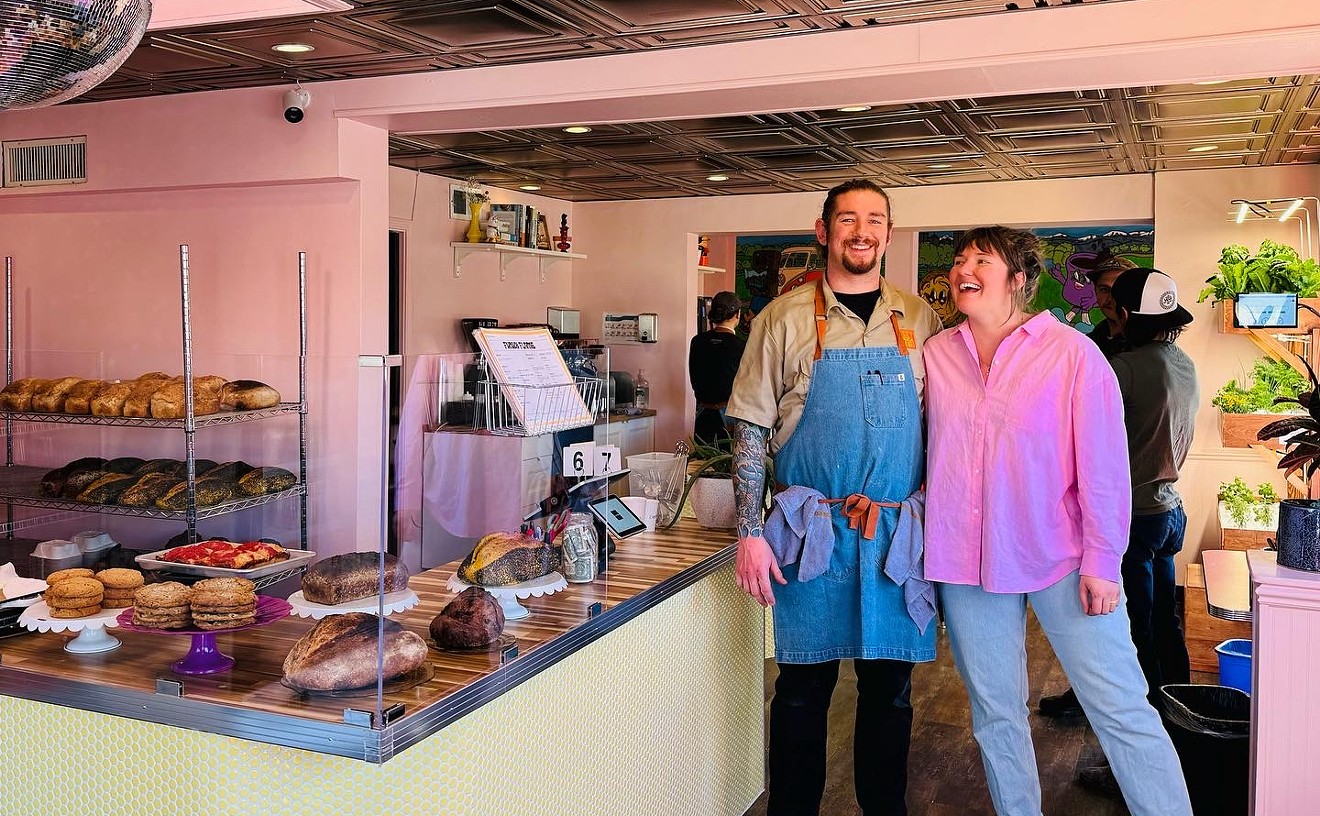In an effort to encourage less knowledgeable oenophiles to buy (and drink) more of their products, we've observed a somewhat alarming trend in the industry of late: the dumbing down of wine. And while we are all for taking the piss out of the sometimes fusty, buttoned-up world that can appear to revolve around Bordeaux futures and Burgundy, as obsessed collectors, we simply cannot get down with making wine less, well, special, than it truly is.
This isn't T-ball, people. Learning and knowing something about something you love doing is not a chore; it's part of the experience. So if you really want to start enjoying the fullest, best-possible wine experience for your hard-earned dollar, we submit that it behooves you to invest less time than you probably spend on your daily commute getting comfortable with a handful of key terms. Herewith four essential terms every wine lover should know:
Terroir: Easily the most name-dropped (and least accurately so) term of the bunch, it's definitely one of the most important to know, given its ability to immediately illustrate the taste differential between two (or more) wines made from the same grape variety that were grown and cultivated in different locations. More simply -- the unique terroir of a wine-producing region can give the wines made in that place unique aromas and tastes (among other things).
How to Experience Terroir in Real Life: Buy a bottle of chardonnay from somewhere in Burgundy, France (e.g., Chablis, Pouilly-Fuisse, Mersault). Buy another bottle of chardonnay from Napa Valley. Examine the color, the aroma and, finally, the flavor of both. The French wine will undoubtedly seem drier, less sweet, less fruity and perhaps even funky compared to the Cali bottle. And that's terroir, folks.
Minerality: Related closely to terroir, this word is used to describe the distinct smells and tastes imparted to a wine by the mineral content present in the soil where the grapes were planted. Certain wine-producing regions (most of which lie in Europe) are more famous than others for turning out mineral-driven wines; many experts also believe that climate-related conditions such as wind and proximity to the sea also crank up the minerality factor. In contrast, higher alcohol levels and fruit-forward flavors typical of New World (read: hotter and drier) climes tend to mask minerality.
How to Experience Minerality in Real Life: Even we struggled for years to aptly describe this experience to someone who hadn't sat through hours upon hours of lecture and tasting (as we had) in order to fully grasp the concept. Then, at a recent wine tasting, a companion of ours sampled a Spanish rosé from Navarra (infamous for its chalk, limestone and gravel-filled soils) and pronounced that its palate reminded her of "a mouthful of Flintstone vitamins." Boom -- we couldn't have said it better ourselves. Don't believe us? Munch on a supplement or two and get back to us.
Acidity: The presence -- or lack -- of enough acidity can truly make or break a wine. Too much, and the result is an overly tarted-up beverage approximating vinegar. Too little? A dead, boring experience of a wine that feels utterly unsatisfying. Think of acid as a critical form of "seasoning" for the wine -- much like a squeeze of fresh lemon adds a zesty burst of flavor to a platter of peel-and-eat-shrimp.
How to Experience Acidity in Real Life: Let's just keep working that lemon metaphor, shall we? Lemons (and other citrus fruits, like grapefruits, limes and oranges) are naturally more acidic than other fruits -- bananas, for example. The same concept holds true for grape varieties. To see how acidity comes through in a wine, compare the flavor of a New Zealand sauvignon blanc or pinot grigio to say...a merlot or zinfandel from California. This is an extreme example, to be sure -- but a powerful one. The tangy, zippy citrus flavors bursting forth from the whites will jump out of the glass, while the reds (significantly lower in acidity) will taste far more mellow and subdued.
Mouthfeel: While not necessarily one of the most bandied-about wine terms, we chose to dive into this one just because it can be so much fun to explore -- that is, once you finally wrap your head (or should we say tongue?) around it. Frequently assigned as a quality indicator of a wine, mouthfeel gets at those sexier sensations like richness, roundness and viscosity as they course across your palate. Wines showcasing weightier textures and a longer finish are perceived as being more expensive and potentially more age-worthy; thinner wines whose flavors seem to disappear before you've even fully swallowed tend to get the fish eye.
How to Experience Mouthfeel in Real Life: Don't laugh: The best way we've ever seen to demonstrate this concept is to use dairy products. Procure one pint of each of the following: skim milk, two-percent milk, whole milk, half-and-half and heavy cream. Pour a small amount of each into a wine glass. Observe the differing levels of color transparency in each; follow that by swirling and taking a gander at the way each liquid clings differently to the sides of the glass. Then taste. You already know which will have the richest mouthfeel, right? Try to reach for that mouthfeel "memory" the next time you're sipping something vinous and ask yourself, "Was this wine's mouthfeel more like skim or whole milk?" (Okay, maybe not out loud.) Trust us: This experiment is gonna blow your mind -- and change the way you experience wine forever.
Find Swirl Girl @swirlgirldenver and on facebook










